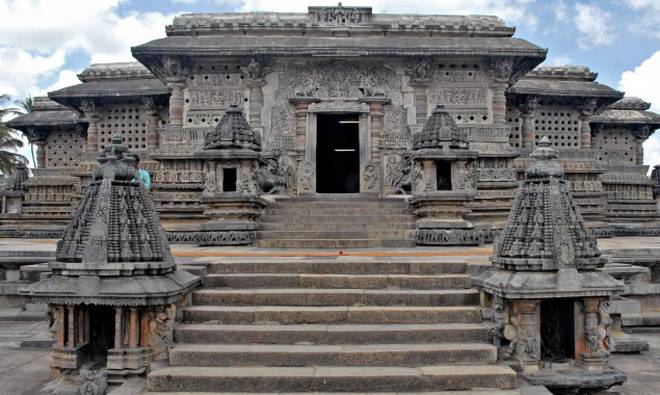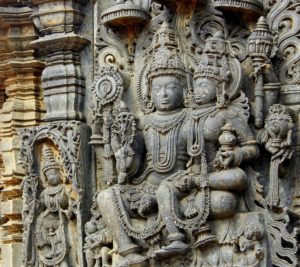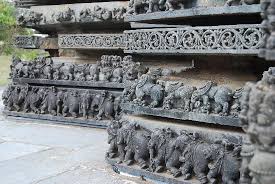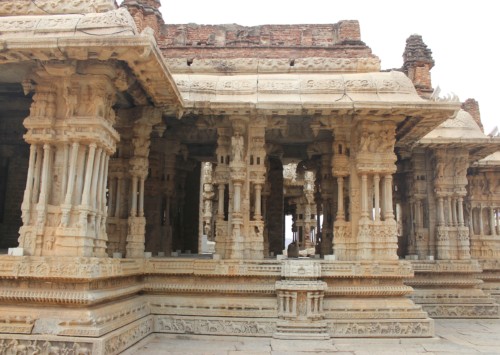The temples of Belur and Halebidu
Temples of Belur, Architecture so intricate that the figurines seem lifelike, engineering worth taking an example from and with rituals still keeping these ancient structures alive, these two temples in Karnataka tell tales of south Indian history and spirituality.
In the south Indian state of Karnataka, these two neighbouring towns are not just connected by a short drive but also a history that strings them as one. Home to the Hoysala dynasty, which ruled most of Karnataka, for three centuries (mid-11th to mid-14th century), Belur and Halebidu are known to tourists for their ancient temples of thoughtful engineering and intricate architecture.
About 15 km from each other, the towns have the best of Hoysala architecture, cut from a soft stone called chloritic schist. With ivory and sandalwood sculptures adorning the walls, the temples of Belur are classic examples of the south Indian style of temples. What is particularly interesting is how the temples are “assembled”, using gridlocks, interlocks, and the pin and socket system, making for a continuous appearance of the structures.
The Belur temple complex
Standing on a raised platform, the Chenna Kesava temple is said to have been built in about half a century and by the hands of hundreds of artisans. Translating literally to a happy god (cheena kesava), the temple has many a platform supporting figurines atop them-one per flank, thus the name ekatachala. At the Sanctum Santorum, the image of Chenna Kesava radiates its architectural charm and overpowers the dark, cave-like temple. Inside, there are stories-sculpted in the form of idols, which a tourist guide can recite and enlighten you with local folklore. While there is pillar around, which at some point could rotate on their own axis, the ceilings are embellished with female figurines in graceful poses.
There are some other shrines around as well, smaller and less elaborate, nonetheless worth a visit.
The Halebidu temple complex
The Halebidu temple complex is known for its Hoysaleswara and Kedareswara temples.
The main attraction here is the Hoysaleswara temple, which was built in 1152, as a dikutachala or the one with two shrines on the same platform (unlike the Belur temple). Dedicated to Hindu Lord Shiva, it took about a century to complete this temple, alongside the Shantaleswara temple.
Renowned for its minute carvings in black stone, which recite stories from Indian mythology and local beliefs, the Hoysaleswara temple is grand. Of course, its architecture, but also its impressive surroundings completes its compound. The figurines here are especially popular, for their exquisite detailing; expressions of the deities are such as if real. The halls are grand, and together with the folklore, everything seems greater than life.
On the other hand, the Kedareswara temple, built-in 1219, is an incomplete structure but a beautiful one nevertheless.













